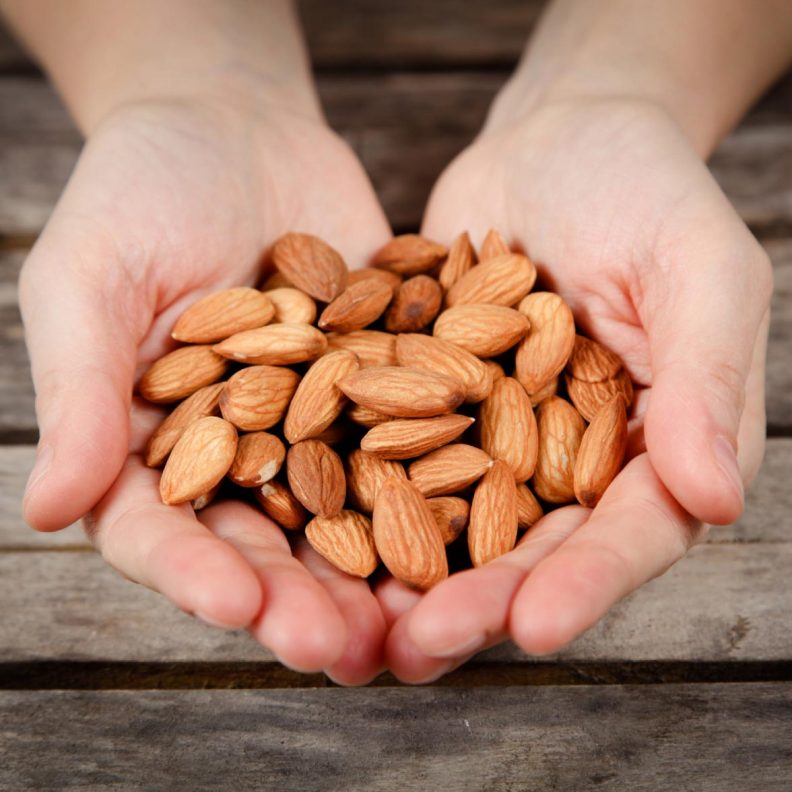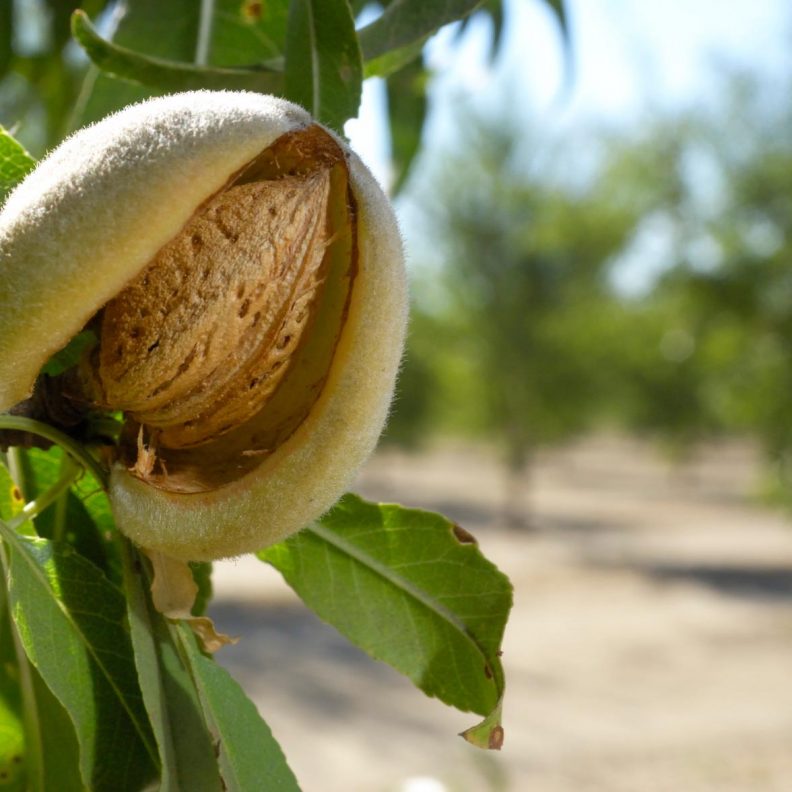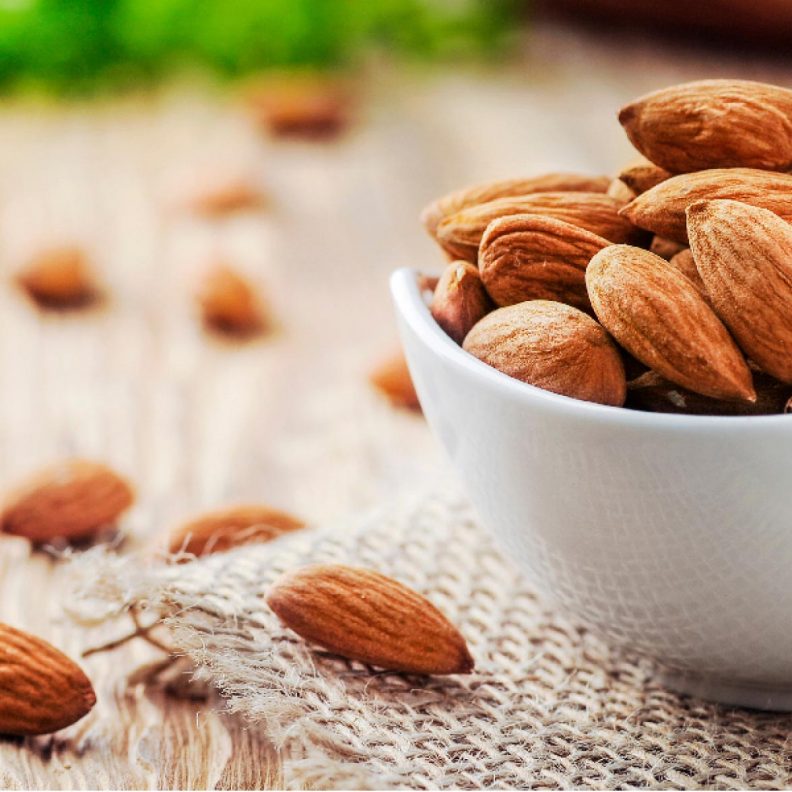Have you heard that Old Wives’ Tale about Almonds? Apparently, if you eat a handful before drinking alcohol, you ward off any chance of a hangover! Whether or not this is a fact is yet to be seen, but there is certainly a heap of reasons to munch on one of the world’s oldest nuts.
From their rich history and their social influence over the decades, right down to their many health benefits, read on for a deep dive into almonds and everything you need to know about them!
The History of Almonds
They’re getting a lot of attention in the media lately for being nutritional powerhouses – but did you know Almonds are no modern phenomenon? In fact, they date way back! It is said thatAalmonds are one of the first ever cultivated foods. They’re even mentioned in the Old Testament of the Bible.
Some of the first Almonds were found in China, from where traders transported them as far and wide as they could. The almond tree made its way to California in the mid 1700’s, where the industry began to blossom. During the 1800’s, we saw scientific investment and research in the nut, as well as crossbreeding to create new varieties.
Over the years, they’ve maintained something of a position of prestige, having religious, social and ethnic significance. The Romans believed almonds enhanced fertility, so showered newlyweds in handfuls of them – because who needs confetti?



